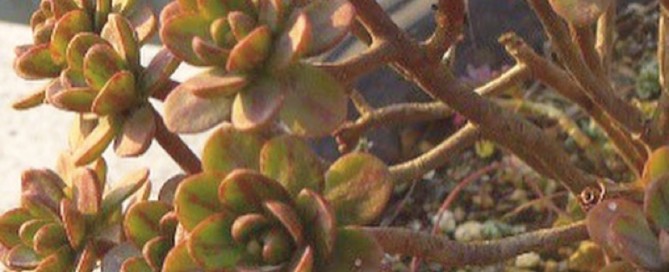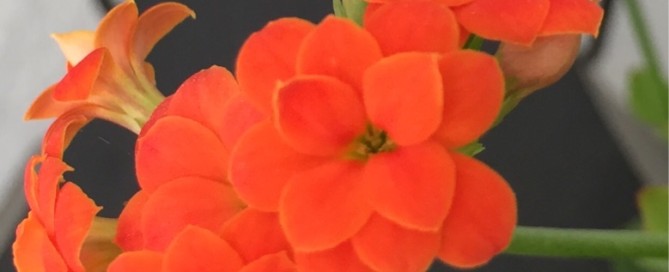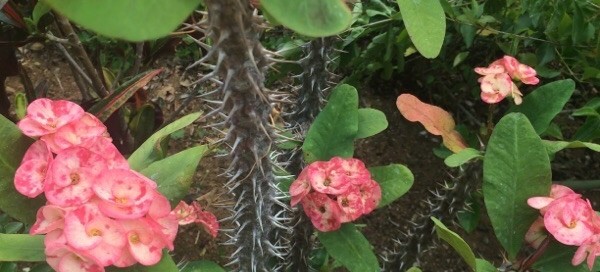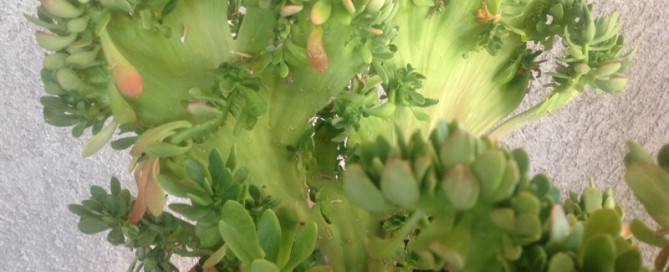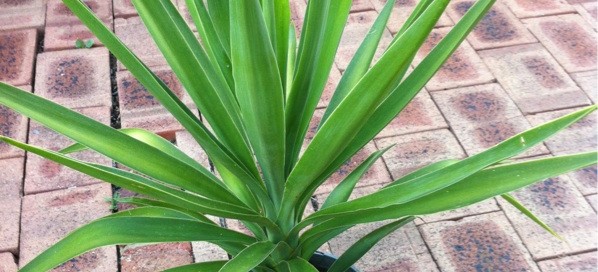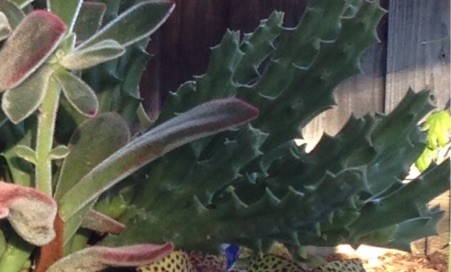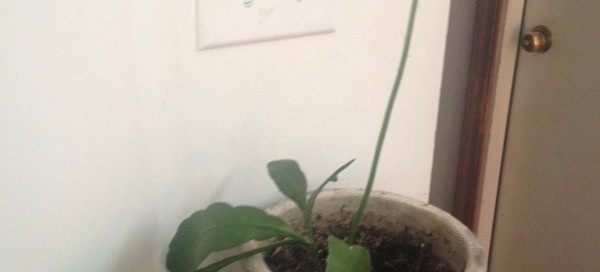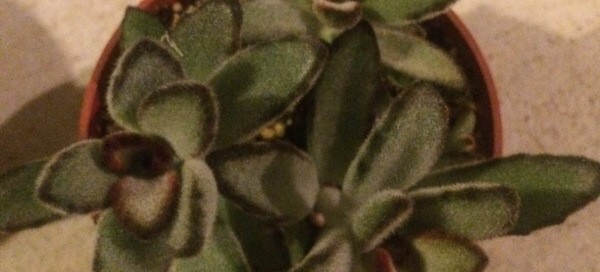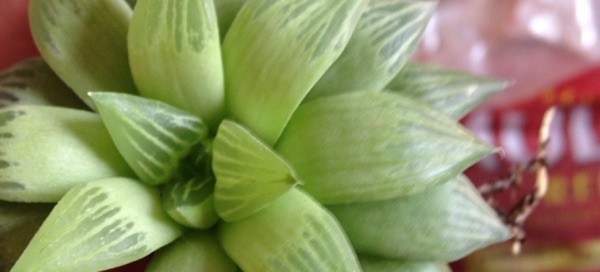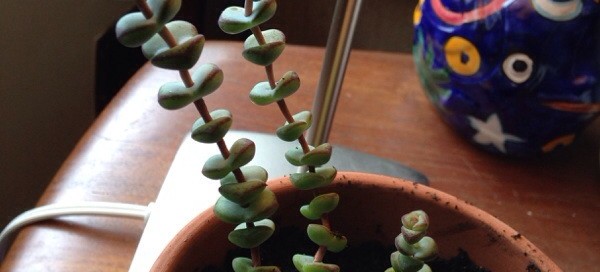Dwarf Aeonium
This plant is native to the Canary Islands, the form with red striped leaves apparently comes from the south-eastern parts of La Palma Island. A small succulent plant that has delicate branching stems to not much more than 6" tall and wide bearing small rosettes of ½" long rounded sticky lime green leaves streaked with red stripes that radiate upward in the rosette. In spring appear the bright yellow star-shaped flowers. Plant in full coastal sun to filtered light in a well-drained soil and protect from frost. As the species name implies, this plant has leaves like that of the genus Sedum. It is said that this plant can be used much as Aeonium lindleyi is used to provide relief for the irritation caused by skin contact with Euphorbia latex.
